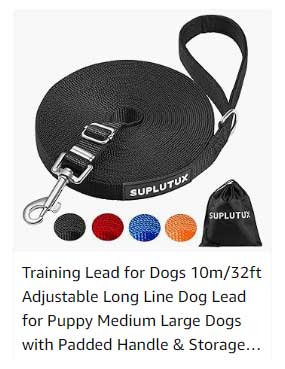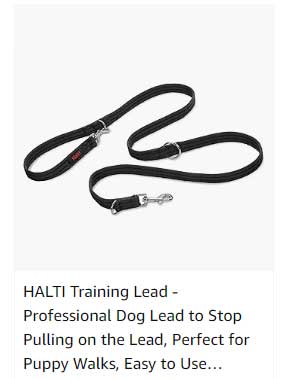Dog ownership comes with great joy and responsibilities, especially when it comes to training our furry friends.
One common issue many dog owners face is pulling on the leash during walks.
While some might be tempted to use slip collars, often referred to as choke collars, to address this behavior, it is essential to understand why these collars may not be the best solution.
Understanding Slip Collars
Slip collars are designed to tighten around a dog’s neck when pulled, with the idea being that this will provide a correction when the dog attempts to pull.
However, the intended outcome often doesn’t justify the means.
Let’s explore the reasons why slip collars should be avoided in favor of more humane and effective training methods.
1. Physical Discomfort and Injury
One of the primary concerns with slip collars is the physical discomfort they can cause to dogs.
The tightening action can lead to choking, injury to the trachea, or strain on the neck and spine, particularly in small breeds or those with sensitive throats.
Even in larger breeds, the sudden jerk can be harmful.
Training tools should not cause pain or injury, but rather promote a healthy and positive walking experience.
2. Negative Associations
Using slip collars can create negative associations for dogs.
Instead of developing a sense of security during walks, they may come to associate walks with discomfort.
This can lead to increased anxiety, fear, or resistance.
Positive reinforcement methods, on the other hand, encourage a bond of trust between the owner and the dog, making the experience enjoyable for both.
3. Ineffective Long-term Solutions
While slip collars may provide a quick fix by discouraging pulling through discomfort, they do not teach the dog proper walking behavior.
This can lead to a cycle where the dog learns only to avoid the pain of the collar rather than understanding how to walk nicely on a leash.
Training should focus on long-term behavior modification through consistent and gentle guidance.
4. Promoting Positive Training Alternatives
There are numerous humane alternatives to slip collars that can effectively address pulling without the negative side effects.
Harnesses, for example, can be an excellent option, especially those designed specifically to discourage pulling by attaching the leash at the front of the harness.
When the dog pulls, the harness gently redirects them back toward the owner, making it easier to manage their behavior without causing harm or discomfort.
Additionally, using reward-based training can reinforce good behavior.
For instance, rewarding the dog with treats or praise when they walk next to you can help instill the desired behavior effectively.
Consistent training, patience, and positive reinforcement are far more effective in the long term than relying on painful correction methods.
5. Better Solutions Exist
Overall, the importance of using humane training methods cannot be overstated.
Numerous resources, trainers, and methodologies focus on building trust and respect between a dog and its owner.
Investing time in training with positive reinforcement techniques not only addresses the pulling issue but also strengthens the bond with your dog.
Conclusion
In conclusion, while slip collars might offer a temporary solution to dog pulling, they carry significant risks and disadvantages that can negatively affect your dog’s well-being and your relationship with them.
By choosing positive reinforcement training methods and humane alternatives, you can create a safer and more enjoyable walking experience for both you and your canine companion.
Remember, the goal of training is not just to correct behavior but to foster a loving and trusting relationship with your furry friend.











